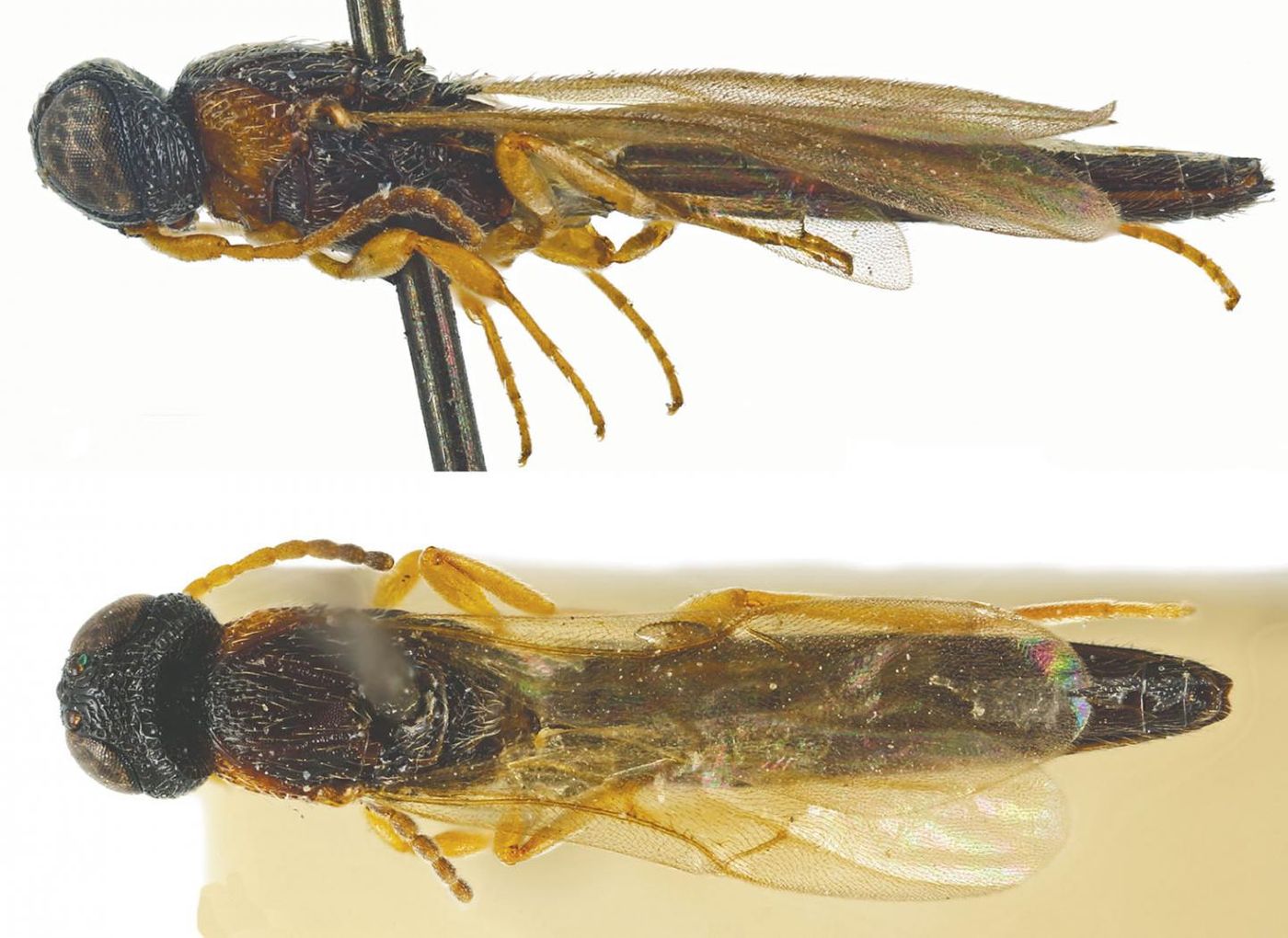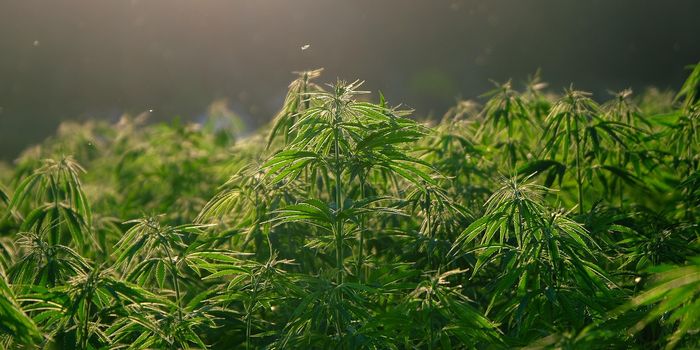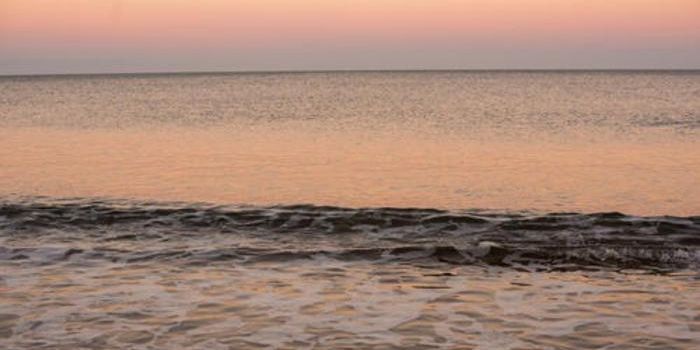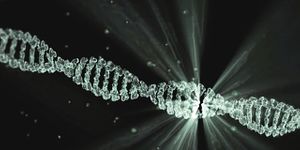21 'New to Science' Parasitoid Wasps Described in Study
Those who observe nature for a living are bound to happen upon captivating discoveries. For a team of North American researchers, that apparently meant identifying 21 distinct parasitoid wasp species that are now being described as “new to science.”
The findings, published this week in the journal ZooKeys, are particularly intriguing because it’s the first time revisions have been made to the corresponding genus Chromoteleia since its conception in 1893.
Image Credit: Agnièle Touret-Alby
Before the study, science recognized just six parasitoid wasp species in this particular genus. But new additions bring that number up to 27. The researchers came about these findings after analyzing preserved specimens scattered throughout an international network of natural history establishments.
A bevy of factors set the 21 newly-described parasitoid wasp species apart from the previously-known varieties in the genus Chromoteleia; among those were, size, color, and biographic distribution.
Related: Here's everything you need to know about parasitoids
Regarding size, the researchers report that the new additions are larger than the previously-known varieties. While the latter averaged 1 to 2 millimeters in length, most of the new additions fell within the 3 to 9-millimeter mark, a substantial difference.
But why the size difference? A good question. The researchers theorize that it could be related to the types of insect eggs they parasitize. Larger bodies make them more ideal for parasitizing larger insect eggs, including those of grasshoppers and crickets.
As you might recall, color also played a role in their differentiation. Fascinatingly, most of the new additions were far more colorful, sporting vivid colors that helped them stand out from their somewhat uninteresting brethren.
Biographic distribution was another significant factor. While many of the new additions could expectedly be found in parts of North, Central, and South America, the researchers found one in particular to be native to Africa. Similar patterns are observed in another parasitoid wasp genus dubbed Kapala.
Related: Evolutionary insight - from parasitic wasps
The findings offer strong support for the notion that Africa and South America once touched one another before tectonic activity separated the two continents with the massive body of water we call the Atlantic Ocean today. But more importantly, it exposes just how far back in history these species may have existed.
Source: EurekAlert, ZooKeys









